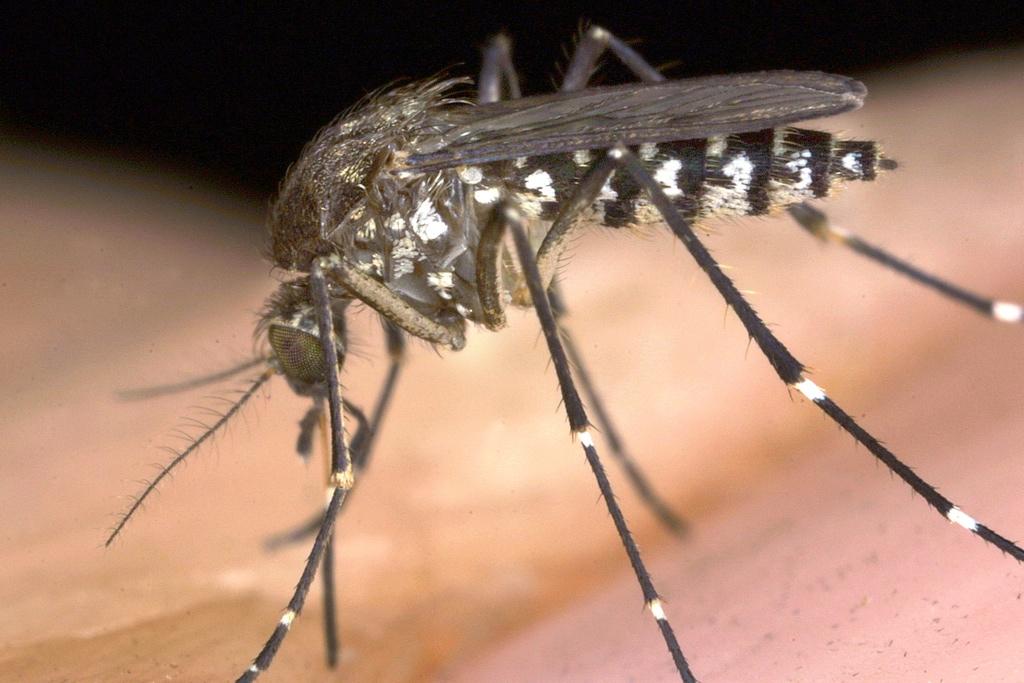Latest mosquito repellent: Smelly socks
Scientist have discovered the most advanced mosquito repellent. Dirty socks.
The smell of sweaty socks signals “feast” to the blood-sucking insects.
And scientists fighting malaria may soon be wafting that odor of stinky socks over poor villages throughout Africa as a potent anti-malarial weapon, thanks to a Canadian foreign aid grant, according to Healthzone.ca.
Mosquitoes, including the malaria-carrying anopheles, choose their targets for blood entirely on their sense of smell.
And the mosquitoes find the smell of sweaty socks irresistible.
So worn socks will be employed as bait in traps that can kill thousands of the malaria-bearing parasites each night, said the Tanzanian scientist who invented the device.
“We bait them indeed with dirty socks,” said Fredros Okumu, 29, a research scientist with the Ifakara Health Institute in southeastern Tanzania. Okumu is leading the two-year project funded by the Bill and Melinda Gates Foundation and Grant Challenges Canada.
“The sock is attractive to us, not just because it’s attractive to mosquitoes, but also because it’s readily available,” said Okumu, who is completing a PhD at the London School of Hygiene & Tropical Medicine.
Okumu has also used simple cotton pads worn for a day in villagers’ shoes as an alternative to the actual sock.
“If you’re using socks, you’re going to have to get a lot of socks to do this,” he said. “It’s not going to be acceptable for people to take all their socks and put them in traps.”
Mosquitoes are particularly attracted to feet because they are a key source of the odor that allows them to distinguish us as humans, Okumu said.
Socks trap this scent, a volatile fatty acid smell created by the bacteria that teem on our skin throughout the day, he said.
The stinky sock trap is a solution to the serious problem of malaria. Nearly 1 million people die of malaria every year from 250 million cases of the disease, according to the World Health Organization.
Malaria is especially serious in Africa, where one in every five (20 percent) of childhood deaths is from the effects of the disease. An African child has on average between 1.6 and 5.4 episodes of malaria fever each year. And every 30 seconds a child dies from malaria.
Okumu’s smelly sock trap will be used alongside mosquito nets to put over beds, which are being distributed across malarial regions of the continent. Many experts working to eliminate malaria in Africa and around the world say that the most effective method is to spray the inside of homes with a weak solution of the insecticide, DDT.
“But we can’t eliminate malaria by just focusing inside the house, we have to go outside as well,” said Okumu.
The trap is a louvered box about the size of a garbage can. Once drawn inside by the smell, the mosquitoes are poisoned by a powerful insecticide.
Okumu also uses a black box that contains the stinky socks, or a synthetic bait, and is coated with a fungal insecticide. Mosquitoes are attracted to the box and die when they land on it.
They persuaded a number of volunteers to donate socks they had worn for at least ten hours. They then placed them inside canvas and wooden boxes hung with insecticide-laced drapes outside people's homes in rural southeast Tanzania.
"In their attempts to get blood from these devices, between 74 to 95 percent of all of those who landed in them got killed," he said. "We're hoping this will be a worthwhile and significant addition to the malaria control arsenal."
The research team plans to simplify the devices so they can be made and sold by the rural villagers themselves.
Using a $400,000 grant from Toronto-based Grand Challenges Canada, Okumu is also developing a synthetic attractant that mimics the sock smell and the other human emissions that mosquitoes zero in on.
These chemical scents will also reproduce the breath and sweat odors that attract mosquitoes. Okumu said these chemical attractants are four times more seductive to mosquitoes than socks alone. If the chemical is unavailable, however, villagers can fall back on the sock or cotton pad bait, he said.
The project has also received $500,000 in funding from the Bill and Melinda Gates Foundation. The combined funds will be used for several initiatives, including proper placement of the traps around villages.
Okumu said he expects that 20 traps for every 1,000 people would suffice, but that villagers themselves would be consulted to locate prime mosquito locations.
The traps spread their foot odor with fans that run on solar powered batteries, which could also help light homes and make them more desirable.
